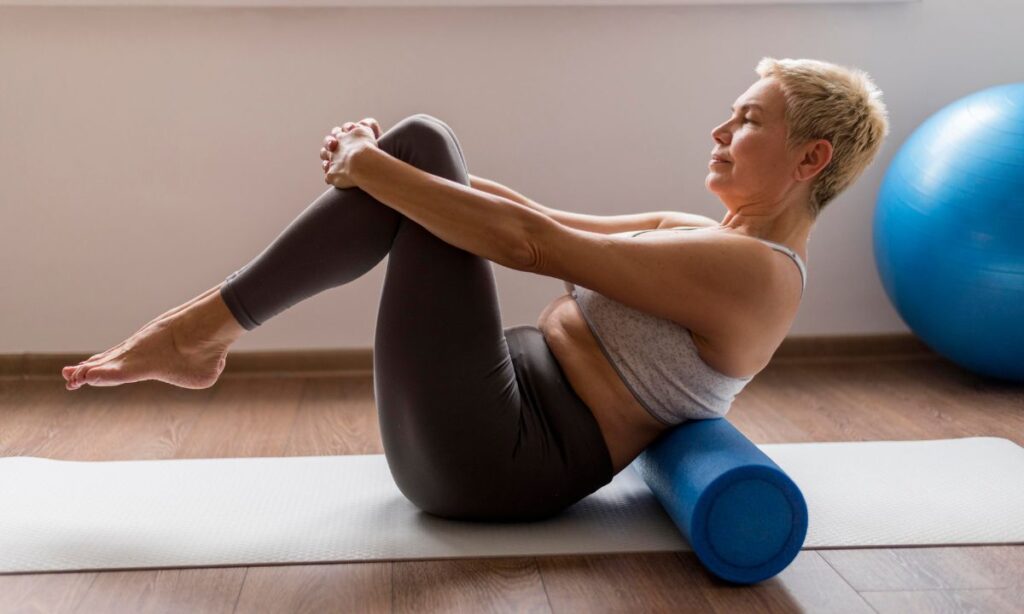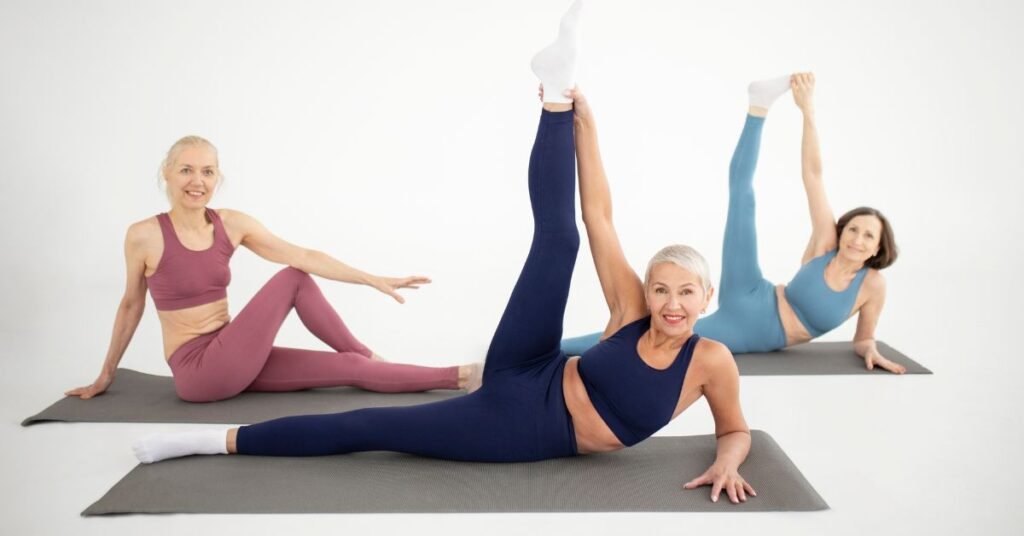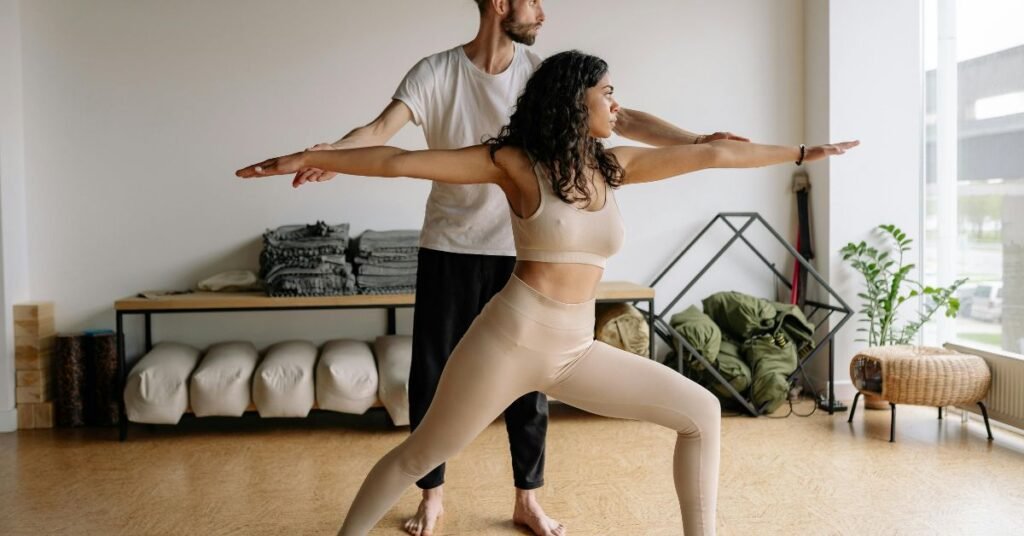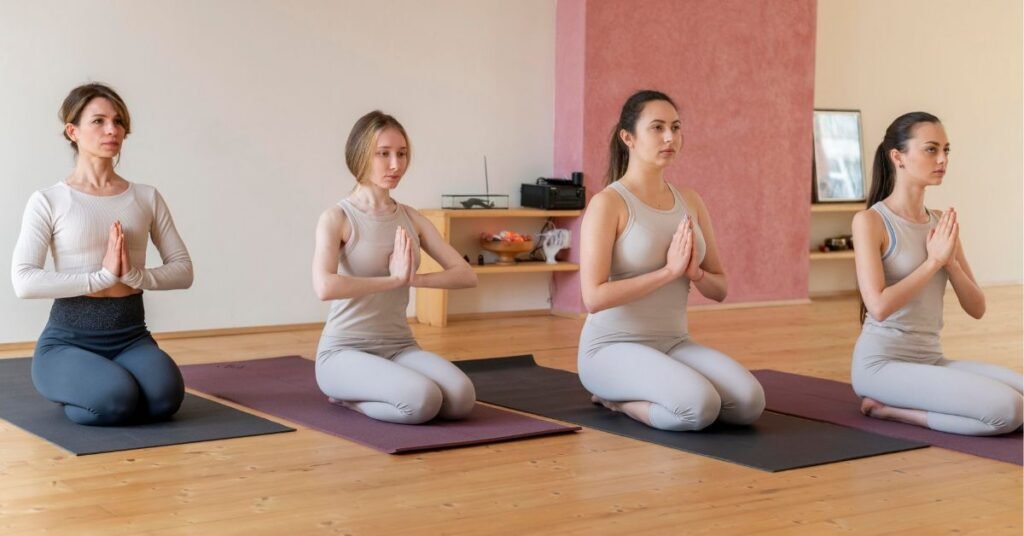Introduction
Depression is a silent battle that many people face daily. It can make even the simplest tasks feel overwhelming, draining both mental and physical energy. While medication and therapy are common treatments, many people are turning to yoga as a natural way to manage their depression. But does yoga really help with depression? And if so, which yoga poses are the most effective?
In this guide, we’ll explore how yoga can help with depression and which yoga practices are best suited for boosting your mood. Whether you’re new to yoga or looking for specific techniques to uplift your spirit, this blog will provide practical tips to get started.
How Yoga Helps with Depression
Yoga is not just about stretching and breathing—it’s a powerful mind-body practice that can significantly improve mental health. Here’s how yoga can help combat depression:
1. Boosts Mood by Increasing Serotonin
Studies suggest that yoga increases the levels of serotonin, the “happiness hormone,” which plays a vital role in mood regulation. Many antidepressants work by increasing serotonin levels, and yoga does this naturally!
2. Reduces Stress and Anxiety
Yoga involves deep breathing exercises that activate the parasympathetic nervous system, helping you relax and calm your mind. By reducing cortisol (the stress hormone), yoga helps in relieving anxiety, which often accompanies depression.
3. Encourages Mindfulness and Positive Thinking
Mindfulness is an essential part of yoga. It teaches you to stay present and aware, helping you break free from negative thought patterns that fuel depression. Practicing yoga regularly encourages a positive and grateful mindset.
4. Improves Sleep Quality
People with depression often struggle with insomnia or disrupted sleep. Yoga promotes relaxation and helps regulate sleep patterns, ensuring you wake up feeling refreshed and energized.
5. Enhances Physical Energy and Reduces Fatigue
One of the common symptoms of depression is chronic fatigue. Yoga can boost energy levels by improving circulation, oxygen intake, and muscle relaxation, making you feel more active and alert.
Which Yoga is Best for Depression?
Not all yoga styles are the same. Some focus on strength and flexibility, while others emphasize relaxation and mindfulness. For depression, certain yoga styles are particularly beneficial:
1. Hatha Yoga – Great for Beginners
Hatha yoga is a gentle and slow-paced style, making it ideal for beginners. It focuses on basic postures and breathing exercises, helping to relieve stress and anxiety.
2. Yin Yoga – Deep Relaxation and Emotional Healing
Yin yoga involves holding poses for an extended period, allowing deep emotional and physical release. It’s perfect for those struggling with negative emotions and overthinking.
3. Restorative Yoga – Ultimate Relaxation
This style uses props like bolsters and blankets to support the body in restful poses. It’s excellent for reducing stress and calming the nervous system, making it perfect for depression relief.
4. Vinyasa Yoga – Flow and Movement
If you enjoy movement, Vinyasa yoga can help. It links breath with movement, creating a meditative and energizing flow that can lift your mood and increase focus.
5. Kundalini Yoga – Breathwork and Spiritual Awakening
Kundalini yoga involves chanting, breathing techniques, and postures that target energy flow in the body. It can help break through emotional blocks and promote inner peace.
Readmore: Yoga for Stress Relief: (Plus Tips to Get Started!)
Readmore: How I Cured My Anxiety with Yoga
The Best Yoga Poses for Depression
Here are some simple yet effective yoga poses to help fight depression:
1. Child’s Pose (Balasana)
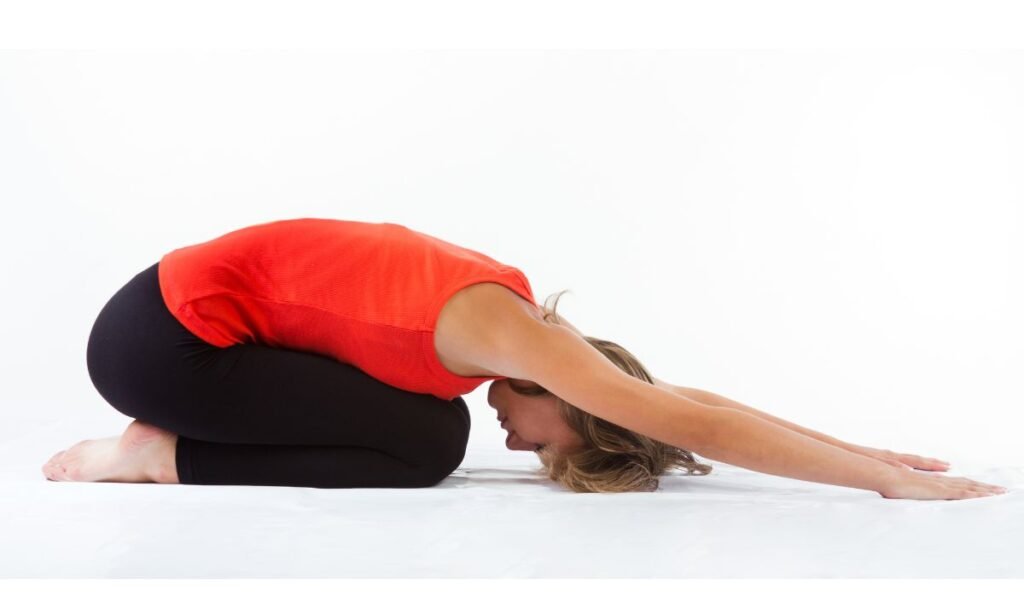
- Helps calm the nervous system
- Reduces stress and fatigue
- Encourages deep breathing and relaxation
2. Cat-Cow Pose (Marjaryasana-Bitilasana)

- Increases spinal flexibility
- Relieves tension in the back and neck
- Stimulates emotional balance
3. Downward-Facing Dog (Adho Mukha Svanasana)

- Boosts energy levels
- Improves circulation
- Reduces tension in the body
4. Cobra Pose (Bhujangasana)
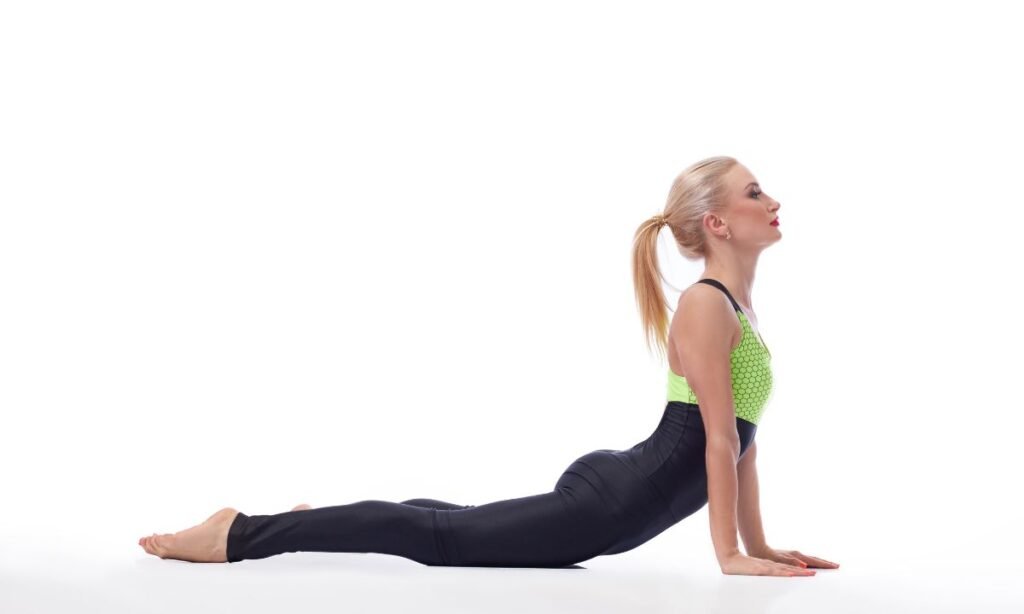
- Opens the chest and heart area
- Encourages a positive mindset
- Boosts confidence and self-esteem
5. Bridge Pose (Setu Bandhasana)
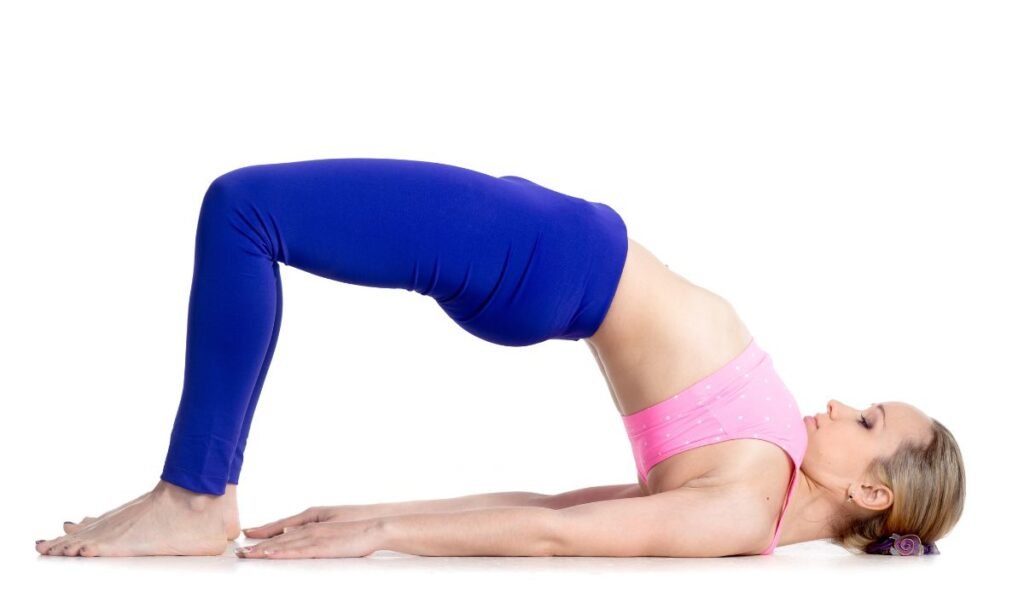
- Relieves stress and mild depression
- Stimulates the nervous system
- Enhances overall mood
6. Legs-Up-The-Wall Pose (Viparita Karani)
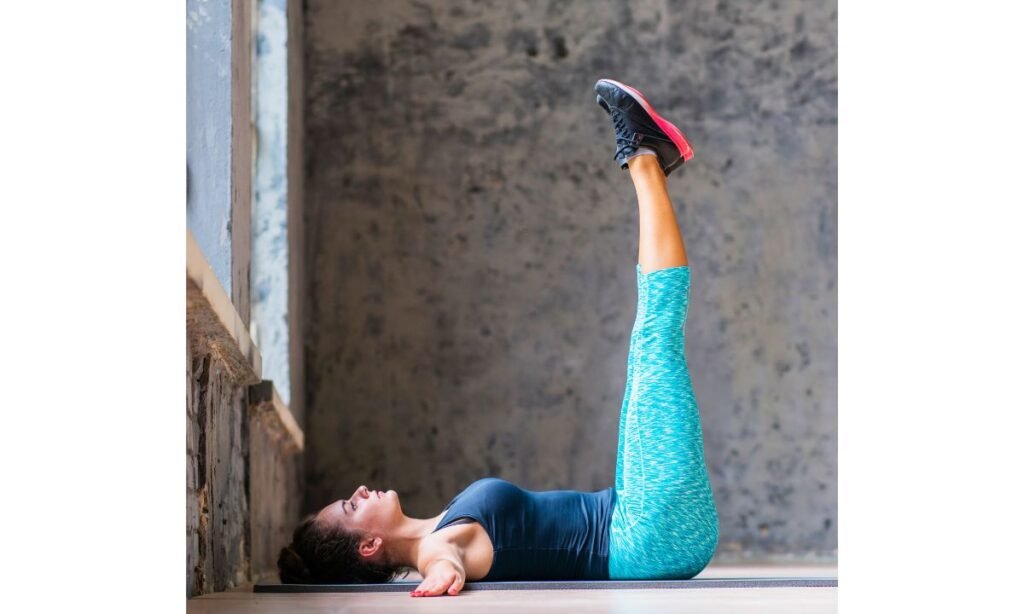
- Promotes relaxation and reduces anxiety
- Helps regulate blood pressure
- Improves sleep quality
Readmore: Eco-Friendly Yoga: Practices for a Sustainable Lifestyle
Readmore: Practicing Self-Love Through Yoga and Mindfulness
Practical Tips to Get Started with Yoga for Depression
1. Start Small
You don’t need to do an hour-long session. Even 10-15 minutes of yoga can make a difference. Consistency is key.
2. Create a Comfortable Space
Find a quiet place where you feel safe and relaxed. A comfortable yoga mat and soft lighting can enhance the experience.
3. Focus on Your Breath
Breathing is an essential part of yoga. Try deep belly breathing to calm the mind and body.
4. Practice Mindfulness
While doing yoga, stay present in the moment. Let go of worries about the past or future.
5. Join a Yoga Class or Follow Online Videos
If you’re unsure where to start, consider joining a class or watching guided yoga sessions online.
6. Listen to Your Body
Don’t push yourself too hard. The goal is to relax and heal, not strain your body.
Frequently Asked Questions (FAQs)
Q1. Can yoga replace medication for depression?
Yoga is a great complementary therapy for depression, but it should not replace prescribed medication or professional treatment. Always consult your doctor before making changes to your treatment plan.
Q2. How often should I practice yoga to see results?
Even practicing yoga for 10-15 minutes a day can be beneficial. For noticeable improvements, aim for at least 3-5 times a week.
Q3. Do I need to be flexible to do yoga?
Not at all! Yoga is for everyone, regardless of flexibility. You can modify poses to fit your comfort level.
Q4. Is there a best time of day to practice yoga for depression?
Yoga can be done at any time. However, morning yoga can help set a positive tone for the day, while evening yoga can promote relaxation and better sleep.
Q5. Can yoga make depression worse?
Yoga is generally beneficial, but if you experience emotional discomfort, start with gentle poses and mindfulness practices. If negative feelings persist, consult a mental health professional.
Readmore: How Yoga Can Help Improve Your Posture
Readmore: 7 Yoga Poses to Boost Self-Confidence & Power
Conclusion
Yoga is a powerful, natural way to combat depression. By incorporating the right yoga practices into your daily routine, you can boost your mood, reduce stress, and improve overall well-being. Whether you choose Hatha, Yin, or Restorative yoga, the key is consistency and mindfulness.
If you or someone you know is struggling with depression, yoga can be a valuable tool in the healing journey. Start small, be patient with yourself, and remember—you are not alone.
Have you tried yoga for depression? Share your experience in the comments below!

Sonu is a passionate yoga teacher with over 6+ years of experience helping individuals find balance, strength, and inner peace through the transformative power of yoga. As the creator of Pure Yoga Vibes, Sonu shares expert insights, inspiring practices, and a wealth of knowledge to support your wellness journey. Dedicated to creating a space for growth and mindfulness, Sonu’s mission is to make yoga accessible and enjoyable for everyone. For inquiries or collaborations, feel free to reach out at contact@pureyogavibes.com.
